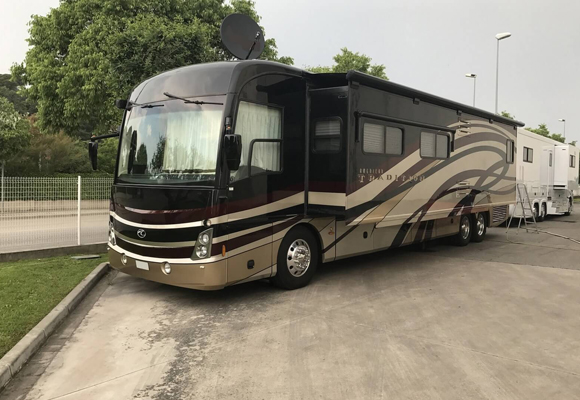From my experience as a longtime truck driver and an early adopter of the class A coach field (FMCA9510), I can confidently declare that none of them are cheap. However, there are methods available to dramatically improve maintainability and cut the cost of ownership in half or more. It’s best to go with a Freightliner class 7 or 8 (one or two drive axle) coach. I can’t stress enough how critical this next step is. Freightliner dominates the American market for class 7 and 8 trucks. The only requirements for becoming one of their dealers in North America are round-the-clock availability (at least a mechanic and a parts person) and widespread distribution.
This may increase the upfront cost, but almost all wear components will be covered by a vast national network of repair centres. Aside from this, though, class 8 truck parts share a great deal of standardisation. In other words, if you decide to get engaged in the Maintainence concerns, you can choose from a number of different manufacturers who all produce the identical part, resulting in a more ballanced cost to you as the consumer.
After that, go with the big diesel engine, but tune it for maximum torque rise rather than maximum horsepower for better fuel economy and less wear on the vehicle and its operator. Keep in mind that the total amount of force exerted is proportional to the area under the power curve, which varies only with the amount of motion. The only way to get the higher claimed horsepower (remember, in our society, that always means maximum horsepower) is to crush the curve in the low end, which causes more shifting and general component wear.
Finally, if you’re having a custom coach constructed to your specifications, it’s worth upgrading the cooling system in any way you can (radiator size, fan and fan clutch, silicon hoses, etc.). It’s important to remember that R.V and fire trucks are the only vehicles that can get the greatest horsepower ratings for any engine model. It is crucial that you fully grasp the significance of this. While compared to a truck engine, the cooling systems provided for use in motorhomes and fire trucks will not keep the engine at a constant temperature, even when the vehicle is climbing a lengthy hill. In other words, the cooling system has been deemed “sufficient,” much like in automobiles. Don’t give in to this. You should choose a somewhat less powerful engine if you can’t acquire a large enough cooling system (it will not really be less powerful). It’s the same engine, but with various settings for the cam, fuel pump, and/or waste gate on the turbocharger.
Gross vehicle weight capacity (GVWR) for a class 8 motorhome Chassis with 10 tyres and a trailer is the same as for the heaviest trucks. Verify that everything is in working order, notably the cooling system, on your machine. It’s possible that engines designed solely for use in motorhomes and firetrucks won’t have the cooling capacity to make it up a steep western gradient while keeping the coolant temperature below 200 degrees Fahrenheit. As long as your radiator cap (a $10 part) is in good condition, you will never overheat even in the most stressful conditions for your engine, such as steep grades at high elevations, and you will be able to climb any hill without losing more than about 3 to 6 miles per hour (depending on your transmission).
Looking deeper into the engine and truck industry, american motorhomes for sale we can see that the purpose for this difference in engine horsepower is so that used truck sellers can easily turn up the horsepower to encourage inexperience owner operators to buy old vehicles. This is a trap and an illusion since a vehicle with a weak cooling system can quickly destroy its engine if driven at full throttle.








